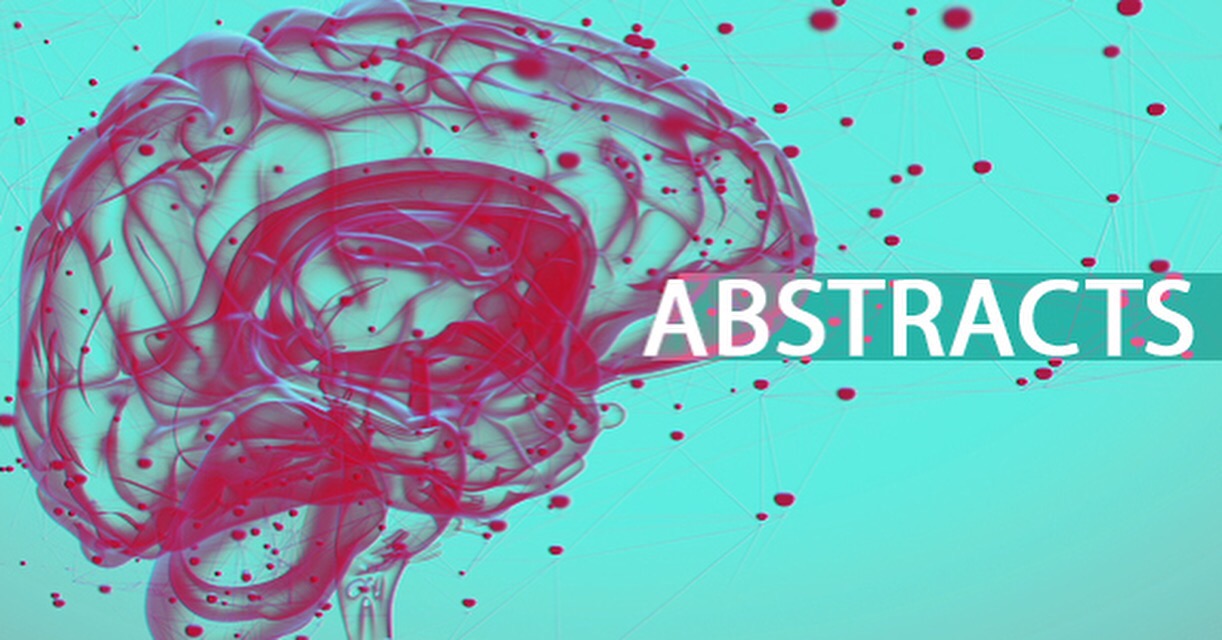Cortical plasticity of motor-eloquent areas measured by navigated transcranial magnetic stimulation in patients with glioma.
Abstract
OBJECTIVE The goal of this study was to obtain a better understanding of the mechanisms underlying cerebral plasticity. Coupled with noninvasive detection of its occurrence, such an understanding has huge potential to improve glioma therapy. The authors aimed to demonstrate the frequency of plastic reshaping, find clues to the patterns behind it, and prove that it can be recognized noninvasively using navigated transcranial magnetic stimulation (nTMS). METHODS The authors used nTMS to map cortical motor representation in 22 patients with gliomas affecting the precentral gyrus, preoperatively and 3-42 months postoperatively. Location changes of the primary motor area, defined as hotspots and map centers of gravity, were measured. RESULTS Spatial normalization and analysis of hotspots showed an average shift of 5.1 ± 0.9 mm (mean ± SEM) on the mediolateral axis, and 10.7 ± 1.6 mm on the anteroposterior axis. Map centers of gravity were found to have shifted by 4.6 ± 0.8 mm on the mediolateral, and 8.7 ± 1.5 mm on the anteroposterior axis. Motor-eloquent points tended to shift toward the tumor by 4.5 ± 3.6 mm if the lesion was anterior to the rolandic region and by 2.6 ± 3.3 mm if it was located posterior to the rolandic region. Overall, 9 of 16 (56%) patients with high-grade glioma and 3 of 6 (50%) patients with low-grade glioma showed a functional shift > 10 mm at the cortical level. CONCLUSIONS Despite the small size of this series, analysis of these data showed that cortical functional reorganization occurs quite frequently. Moreover, nTMS was shown to detect such plastic reorganization noninvasively.
KEYWORDS:
CV = coefficient of variance; CoG = center of gravity; DCS = direct cortical stimulation; EFmax = maximum electric field; EMG = electromyography; HS = hotspot; MEP = motor evoked potential; MFG = middle frontal gyrus; PrG = precentral gyrus; SFG = superior frontal gyrus; brain mapping; brain tumor; motor cortex; nTMS = navigated transcranial magnetic stimulation; neuronal plasticity; neurosurgery; oncology; rMT = resting motor threshold
- PMID:
- 28106500
- DOI:
- 10.3171/2016.9.JNS161595

